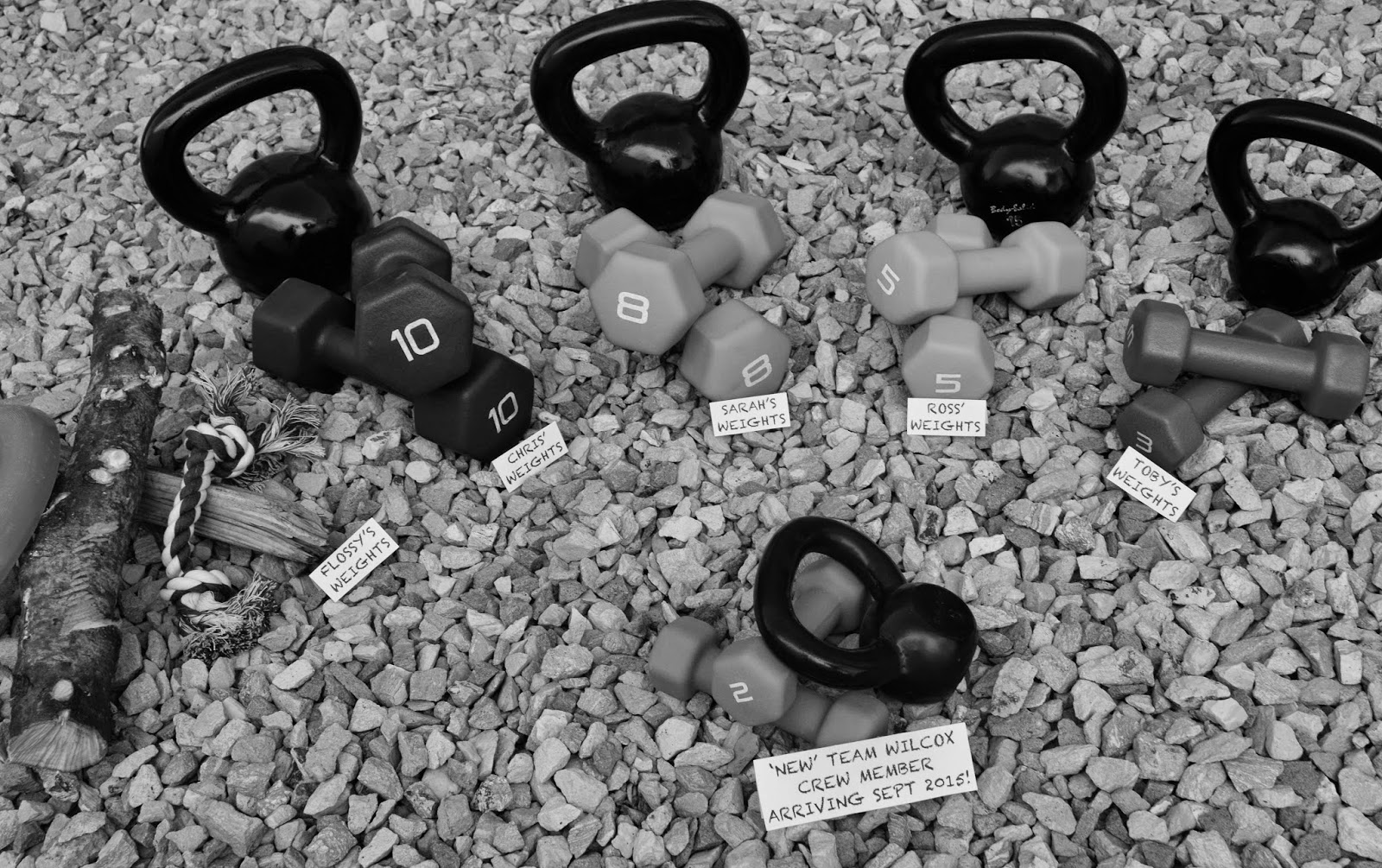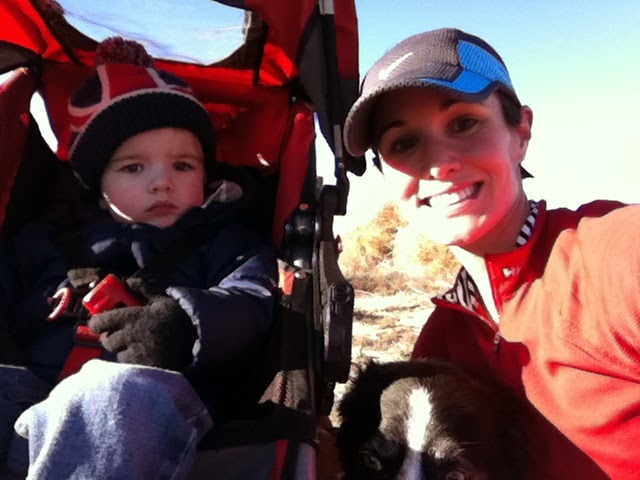The onset of a New Year sees many people undertaking new fitness resolutions (have you seen the gym in January?? Packed!!) and, running is a cheap and easy way to shift the added Festive Pounds. So, up comes the questions time and again. Where should land on my foot? Most trainers, athletes, coaches, physiologists and sports-shoe companies agree on an all-embracing ‘running posture’; upright postural alignment with a slight forward tilt, a shorter but relaxed arm swing and shorter strides that result in a cadence of 180 steps per minute or higher. However, the position, and timing of one’s foot-fall continues to create differences of opinion. There are distinct differences between heel-striking, mid-foot striking gait and running on your forefoot. However, one is not necessarily better or worse than the other because they are used for different situations. In the ‘big-money’ market of sports retail; the demand by shoe designers and manufacturers means that cash has been thrown at research and many of these studies support the pros and cons of each style, but that shoe-to-ground impact also vary considerably among individual runners.

So what’s best for you?
My personal style has evolved over the years and I have tried every way of running possible. As a 16 year old girl who ‘decided to get fit’ through running a mile around the block each morning, I was a complete heel striker. Fast forward 12 years and a few running races and triathlons later, I got fed up of seeing myself looking terribly awkward in the race photos. So I decided to change it. Simple as that (or so I thought) And yes, if you picked up on it. I did in fact change my running style for completely superficial reasons. Not liking the way I looked in race pics! Perhaps not the best reason to change a technique but it actually turned out better for me! My cadence increased and pace picked up; and I found I can react to race situations easily and adapt my pace to suit.

Heel- striker: If you are reaching or over-striding with your legs, are upright or leaning slightly back as you run, as most people do, you will be heel-striking and most likely pushing off the balls of your feet to propel yourself forward. Its not the most efficient way to run and can cause a host of injuries. During a foot-strike, the impact of the heel, with the ground, generates a significant impact, a shockwave if you will, an immediate and large force that is sent up through the through the body via the skeletal system (oh ‘hello’ knee pain!). However, just because you heel strike, doesn’t mean you have ‘bad-form’, just be aware that it may put you at higher risk of injury. However, with 95% of recreational runners choosing this style of foot-strike; they can’t all be wrong….

Most studies suggest the vast majority of recreational runners are significantly more efficient with a heel-first strike pattern. In a detailed paper published in the Journal of Experimental Biology, scientists calculated joint torque, mechanical work performed, and muscle activity associated with differing initial contact points at various speeds of walking and running. The results of this study showed that walking with a heel-first strike pattern reduced the metabolic cost of walking by 53%! That’s a huge difference in efficiency and it explains why almost all slow joggers (who often run just a little faster than walking pace) make initial ground contact with their heels. So, ease off on your purchase of that pair of minimalist running shoes just a second and read on…..
So why do as many as one-third of the world’s fastest distance runners strike the ground with their mid-foot, if heel-striking is so metabolically advantageous?
 |
| Now is it just me, or is she over-striding a little......? ;) |
In a computer simulated study evaluating efficiency, researchers from the University of Massachusetts showed that while running at 7:36 per mile pace, heel striking was approximately 6 percent more efficient than mid or forefoot striking. Some recent research suggests that the 6:25 per mile pace is the transition point at which there is no difference in economy between heel and mid-foot strike patterns. These studies confirm that although highly skilled runners are efficient while landing on their mid or forefeet, the majority of recreational runners are more efficient with a heel-first strike pattern.
Like I said, just because you heel-strike, doesn’t mean you have ‘bad form’ and, as the old adage goes: “if it ain’t broke, don’t fix it”.
So what’s the big deal about bringing our foot-strike forward? I mean, we see photos of athletes on magazine covers in the perfect ‘running’ pose, commercials for minimalist running shoes where the athlete looks as if they are floating along on the mid and fore-foot, like a gazelle bounding through from one foot to the other with defined calves making us green at the gills….
Mid-foot striker: This strike pattern can significantly reduce stress on the knee, and as such, they are a good consideration for runners suffering with recurrent knee pain or lower back pain (many heel-strikers arched their back during a stride). This is especially true for faster runners with wide forefeet and flexible Achilles tendons. (Conversely, runners with a history of Achilles, forefoot, and/or plantar fascial injuries may feel more comfortable opting to stick with initial contact along the outside of the heel). Although a few people naturally fall mid-foot, you may find that it is time to alter your running style to take advantage of this style. Even by moving your foot-strike closer to your body, you may find that your land more on the mid-foot.
Forefoot Striker: In forefoot striking, the impact of the forefoot with the ground generates a very minimal impact force with much less of a shockwave. The plantar fascia is allowed to act as a shock absorber and the posterior muscles of your lower leg can follow suit and prevent the full force of the gait resounding through the knee. One area we all tend to forefoot strike is running uphill. Its almost impossible to attack any incline, heel first. So your body naturally responds to the terrain its presented by adjusting its foot-strike.
 |
| Sprinters traditionally always fore-foot strike due to the need to carry continuous efficient motion through the running gait and prevent loss of speed. |
The reason that runners with heel versus mid/forefoot strike patterns get different injuries is because they absorb force in different areas; and is supported by several studies which show that that the choice of a heel or mid-foot strike pattern does not alter overall force present during the contact period, it just transfers the force to other joints and muscles: mid- and forefoot strikers absorb the force in their arches and calves, while heel strikers absorb more force with their knees. This research proves that choosing a specific contact point does not alter overall force, it just changes the location where the force is absorbed. Essentially, you are not changing the force which you apply through your body; your weight is still the same and gravity (unless something drastic has happened) will be the same too.
If you force your body into a specific forefoot strike, you might be able to instantly decrease the amount of impact force and biomechanical strain; however your risk forcing yourself to over-stride, making yourself work harder and ultimately lessening your running efficiency. By forcing yourself to landing on your forefoot you generally decrease impact strain; however, if you lack hip extension and try to force a forefoot contact, you’ll still be over-striding and will end up working much harder to run the same speed.
So how can I change my running form….?
Running in lighter shoes with this flatter heel-toe drop will help facilitate getting out of that ‘back seat’, but so will consciously running with upright, slightly forward-leaning posture. The reason many runners run with a dramatic heel-striking gait is because they’re over-striding. Try to have your feet hit the ground as close to your body as possible by shortening your strides and increasing your stride cadence. You don’t have to necessarily opt for the bare minimalist designs - for example
Saucony provide a range of models, in which the heel-toe drop is stated clearly in the shoe (8mm, 4mm 0mm); you’ll have the ability to move your foot strike forward without comprising the support that the training shoe provides. Likewise,
Inov-8, have
launched a unique range of shoes that can help provide an injury free transition into more minimalist shoes by offering gradually reducing cushioning, support and differential.
 |
| Saucony Kinvara 5 |
.jpg) |
| Heel Drop options on the Inov-8 range |
Vary the surfaces you run on. Your body is a smart machine, it can figure out how to land better through exposure to different running surfaces. Off road, hills, track (feel the bounce!) will all force you to change your foot strike so as best to keep up pace. However, Not everyone has access to undulating trails with rough surfaces. If that’s the case, vary your runs by running through a grass park or running over the rough concrete or even add some sprint efforts into your run, where you will find you naturally come forward on your foot-strike.

Run softly. Try to run with as little impact force as possible with light foot strikes. Smooth and soft is best. Being a heel-striker isn’t bad, however, if you are aware of your feet ‘slapping’ the ground every time your foot strikes, it means that muscles in the lower leg are working hard to control the lowering down of your forefoot - one of the major causes of shin splints. If that’s you, then try shortening your stride so that your feet land closer to your body, increasing your cadence and running more upright will help reduce that impact force a lot.
Rather than go straight into a 5 miler on the balls of your feet and then feel as if your calves are about the explode for the next few days, try adding mid/fore foot striking in gradually. Treat it a little like you would a run/walk programme, similar to when you are coming back from injury. Add time spent in the new foot-strike, little by little. For example.
1. 10 min: warm up (as you would normally),
2. 5 min: Regular foot-strike
3. 20 sec: Adapted foot-strike
1min 40 sec: Normal run with your normal foot strike
Repeat step 3, five to ten times and continue with your run and cool down normally.
Gradually add this routine into your run sets and, either increase the time in your new foot position, or increase the repetition. You will find your calves more achy than normal; this is nothing to worry about, unless the pain gets significantly worse or you start to feel pain through your knee or hips. As I have said before, you need to go with how you 'feel' rather than attempting to change your running style with just two run sessions.
Whatever running style you currently have, or choose to try, make sure it works long term for you. Hurting whilst running sucks. Big time. At the end of the day, if you have been running for a while and are comfortable with your gait and have no injuries then why change? However, if you fancy playing about with your gait to tweak some more speed out of your legs, or suffer repetitively from injuries to the knee then why not?
Happy Training Everyone!
TF
xx
References:















.jpg)











